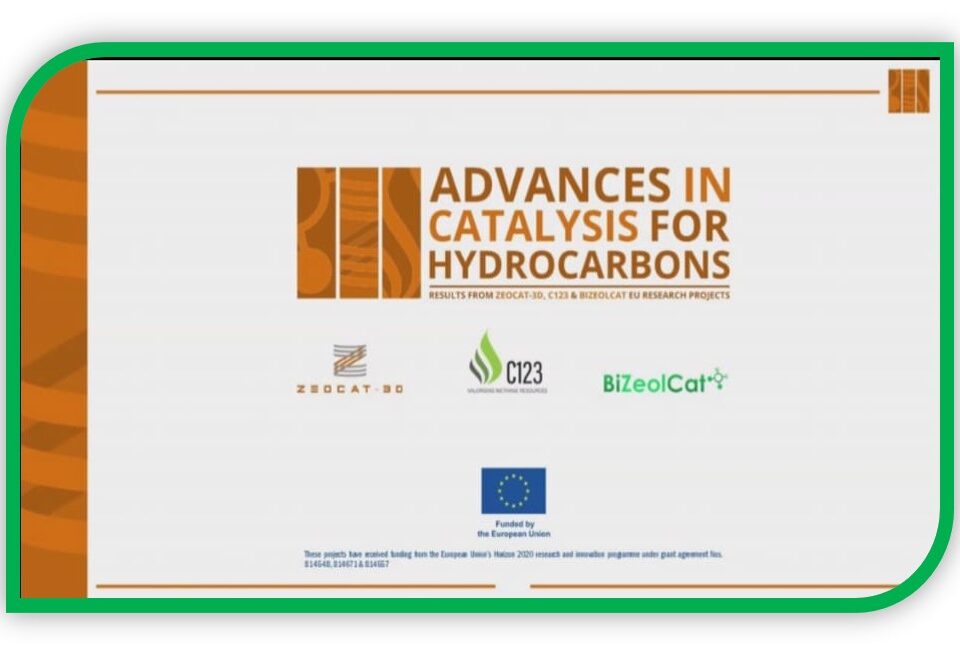- Have any questions?
- info@bizeolcat.eu

Flux-Reducing Tendency of Pd-Based Membranes Employed in Butane Dehydrogenation Processes
October 21, 2020
UNPRECEDENTED VIRTUAL FORUM
November 16, 2020BIZEOLCAT informs: what is gas flaring?

BIZEOLCAT informs: what is gas flaring?
Bizeolcat aims to lower carbon footprint of refining industry by reducing gas flaring and converting these gases into valuable products. But what is Gas Flaring and why it’s so important to reduce it?
Flare gas is the burnt gas that generates the typical flame above the oil towers, exactly like the one you see in the picture. Indeed, oil extraction is almost always associated with the extraction of also a certain amount of natural gas. The most modern wells conception are designed for the recovery of such a gas, however, this recovery presupposes the infrastructures necessary for its transportation to the places of consumption. These structures are usually very expensive and not always easy to build, thus they are not economically convenient (low revenues) if the gases extracted from the reservoir as a “secondary” product are limited. Thus, this exceeding gas is often burnt: the term gas flaring indicates its combustion – without any energy recovery – through a torch that stands out, with an everlasting flame, on the top of the oil towers.
This practice has led to the burning of huge quantities of gas, resulting in the production of enormous quantities of carbon dioxide, but also of sulfur dioxide and protoxide of nitrogen, which have contributed significantly to the planet’s air pollution and to the global warming.
To realize that this is a problem on at the planetary scale, it is enough to observe the Earth at night from a satellite: the fires that burn in correspondence of the main oil areas are evidence that does not go unnoticed!
Therefore what to do with the gas produced in excess?
In the most industrialized countries, gas flaring has been almost totally abandonment, since this gas is an important resource and the infrastructure for use it “on site” are not so difficult to build, like the plants for gas liquefaction or the production of electricity on site.
BIZEOLCAT aims to provide an additional and cleaner alternative: to use this gas as a raw material for petrochemical production processes. In fact, natural gases are mainly constituted by Methane, Ethane, Propane and Butane, better known in the Industry as “light alkanes”. Light Alkanes can be transformed into “alkenes” that are the starting point for several industrial processes. Moreover, light Alkanes transformation in alkenes from natural gases represents a sustainable alternative to their production from the more conventional cracking of heavy hydrocarbons, contributing in the development of the EU New Circular Economy Actions in Refineries and Chemical industries.

